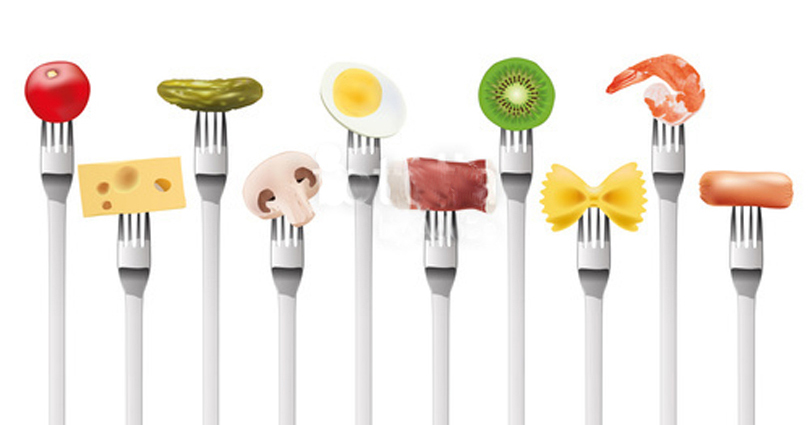(09-05-2018) Even low-level lead exposure can put you at HIGH risk for heart disease
(Natural News) Evenlow-level lead exposurecan increase your risk of developing heart disease, according to a study published in the journalLancet Public Health.In the study, exposure to lead was found to have contributed to more than 400,000 deaths of adults in the U.S. every year. Moreover, the estimate includes 256,000 annual deaths from cardiovascular disease. This indicated that lead exposure might be a crucial, overlooked risk factor for cardiovascular disease.
The researchers conducted the study by usingdata gathered from more than 14,000 individuals aged 20 years or olderwho were enrolled in theThird National Health and Nutrition Examination Survey(NHANES-III) between 1988 and 1994 and followed up to Dec. 31, 2011. The NHANES-III participants underwent a medical examination and home interview. In addition, they were tested for the levels of lead in their blood, cadmium in urine, and other relevant covariates. Meanwhile, the current study presented an extended follow-up of an earlier investigation.
The researchers described lead exposure as “ubiquitous, but insidious.†Exposure to lead can be through paint, household dust, food, water, cigarette smoke, and some industrial jobs.
The current study suggested that exposure to lead is not only harmful to children, but also to adults. According to theCenters for Disease Control and Prevention(CDC), childhood exposure to lead is known to increase the risk of delayed development, behavior problems, IQ deficits, and hearing and speech problems. Moreover, before lead was removed from gasoline and paint in the 1970s, lead levels in children were much greater. Even now, the CDC says that there isno safe blood lead level in childrenand even low levels of lead in blood are harmful. (Related:Even very low lead exposure causes children’s reading scores to fall)
“Indeed, estimating the contribution of environmental lead exposure is essential to understand trends in cardiovascular disease mortality and develop comprehensive strategies to prevent cardiovascular disease,†the researchers wrote.
Reducing lead exposure with food
Since the harmful effects of lead exposure cannot be reversed, it is a must to prevent lead exposure before it happens. One of the ways toreduce lead exposureis through eating a healthy diet. Eating nutritious food make it more difficult for lead to be absorbed in the body. Here are some foods and nutrients that help decrease lead absorption.
Calcium-rich foods– Calcium is essential for keeping the bones strong and healthy and the lead out. Foods that are rich in calcium include milk and milk products, such as yogurt and cheese; leafy green vegetables, such as kale and turnip, mustard and collard greens; calcium-fortified foods, such as orange juice, soy milk, and tofu; and canned salmon and sardines.
Iron-rich foods– Iron helps prevent lead from being absorbed in the body. Great sources of iron include lean red meats, iron-fortified cereal, bread, and pasta, beans and lentils, and dried fruit, such as raisins and prunes.
Vitamin C-rich foods– Vitamin C is important to help the body absorb iron better as well as to eliminate lead. Vitamin C-rich foods include citrus fruits, such as oranges and grapefruits, other fruits such as kiwi, strawberries, and melon, tomatoes, potatoes, and peppers.
Exposure to lead can also be avoided in other ways, such as always washing your hands with uncontaminated water before eating, regularly cleaning toys, pacifiers, floors, windowsills, and other surfaces using liquid cleaners that control dust, and wiping or removing shoes before entering the house. If your house was built before 1978, it’s a good idea to get your house checked for lead. Additionally, using a filter on your faucet for drinking water, food preparation, and cooking, and avoiding the use of imported pottery or leaded crystal to store or serve food also help reduce lead exposure.
Read more news stories and studies on toxic chemicals by going toChemicals.news.
Sources include:
ConsumerReports.org
TheLancet.com
CDC.gov
EatRight.org
News
In evidenza
 "L'informazione presente nel sito serve a migliorare, e non a sostituire, il rapporto medico-paziente."
"L'informazione presente nel sito serve a migliorare, e non a sostituire, il rapporto medico-paziente."
Per coloro che hanno problemi di salute si consiglia di consultare sempre il proprio medico curante.

Informazioni utili
-
Ricette a zona
-
Tabelle nutrizionali
-
Tabella composizione corporea
-
ABC della nutrizione






